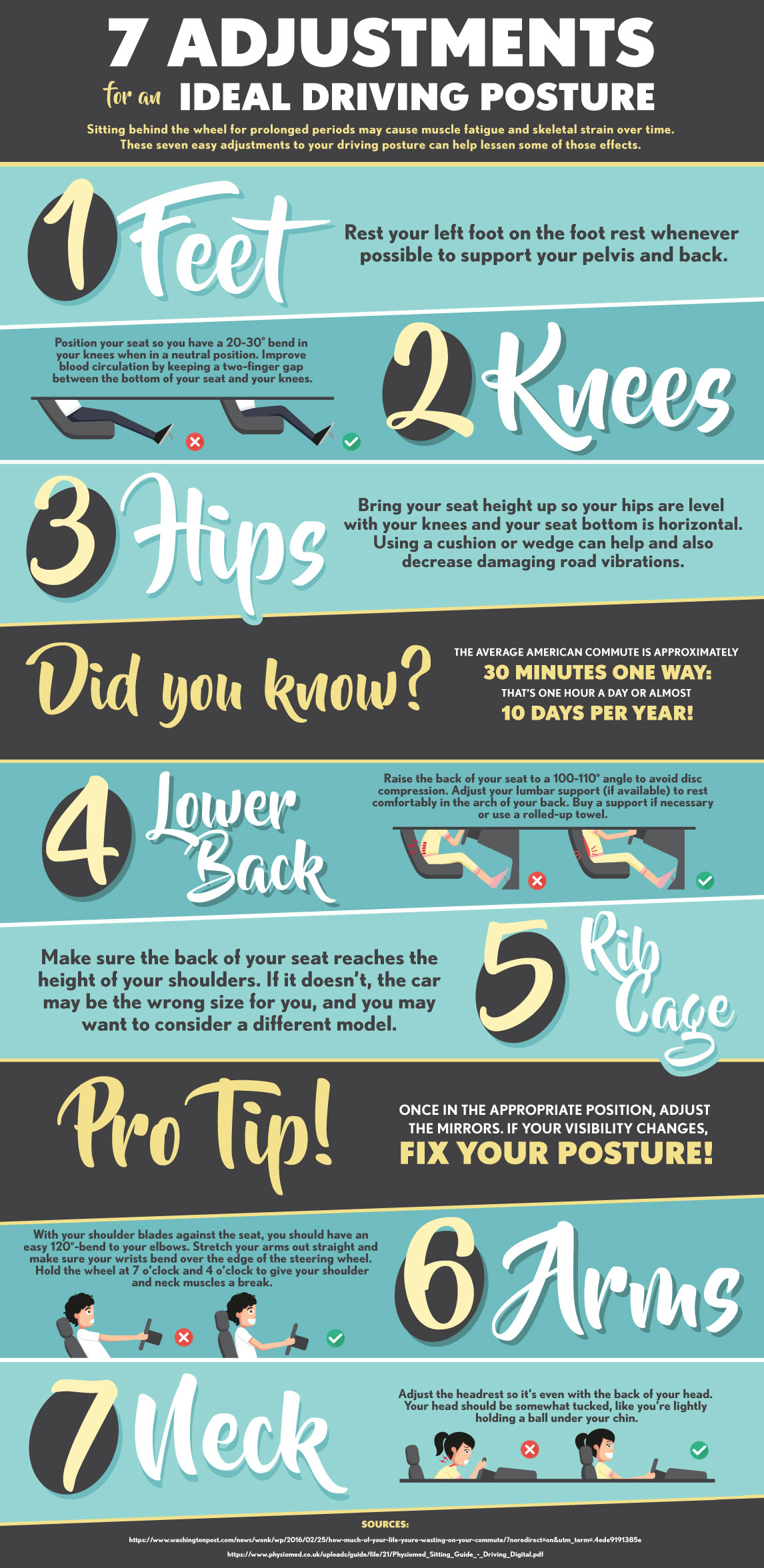Get Ready To Uncover The Interesting Mobile Interactions Of Cold Laser Therapy And How It Uses Light For Healing-- Dive Deeper Right Into The Science!
Get Ready To Uncover The Interesting Mobile Interactions Of Cold Laser Therapy And How It Uses Light For Healing-- Dive Deeper Right Into The Science!
Blog Article
Content Author-Walls Peters
You may have heard of cold laser therapy as a promising treatment choice for various conditions, but have you ever wondered just how it actually services a cellular level? Comprehending the mechanisms behind this therapy can shed light on its performance in promoting healing and reducing swelling. By checking out the science behind cold laser treatment, you'll acquire understandings into the interesting methods which light can influence mobile procedures and assist in cells repair.
Exactly How Cold Laser Treatment Functions
To recognize how cold laser treatment works, you need to realize the basic principles of how light power interacts with organic cells. Cold laser treatment, also called low-level laser therapy (LLLT), uses specific wavelengths of light to penetrate the skin and target underlying cells. Unlike the extreme lasers made use of in procedures, cold lasers discharge reduced levels of light that don't produce heat or trigger damages to the cells.
When these gentle light waves reach the cells, they're taken in by components called chromophores, such as cytochrome c oxidase in mitochondria. This absorption activates a series of organic responses, consisting of increased mobile energy manufacturing and the release of nitric oxide, which boosts blood circulation and reduces swelling.
Additionally, the light energy can additionally stimulate the manufacturing of adenosine triphosphate (ATP), the energy currency of cells, aiding in cellular repair work and regeneration procedures.
In essence, cold laser treatment harnesses the power of light power to advertise healing and minimize pain in a non-invasive and gentle manner.
Devices of Action
How does cold laser treatment in fact function to produce its restorative results on organic tissues?
Cold laser therapy, also called low-level laser therapy (LLLT), operates through a process referred to as photobiomodulation. When https://newatlas.com/medical/lasers-ultrasound-combine-pulverize-arterial-plaque/ is applied to the skin, the light power penetrates the tissues and is taken in by chromophores within the cells.
https://chiropracticclinicnearme62616.blogpayz.com/30309754/gain-insight-into-the-benefits-of-cold-laser-treatment-in-2024 , such as cytochrome c oxidase in the mitochondria, are then promoted by the light energy, bring about a cascade of biological reactions. One vital mechanism of action is the enhancement of mobile metabolism.
The absorbed light power raises ATP production in the mitochondria, which is critical for mobile function and repair service. In addition, cold laser therapy helps to reduce inflammation by inhibiting inflammatory moderators and promoting the launch of anti-inflammatory cytokines.
This anti-inflammatory result adds to discomfort relief and cells healing.
Therapeutic Results
Comprehending the therapeutic results of cold laser treatment entails acknowledging how the enhanced cellular metabolism and anti-inflammatory homes contribute to its favorable results on organic cells.
When the cold laser is applied to the damaged location, it boosts the mitochondria within the cells, leading to enhanced manufacturing of adenosine triphosphate (ATP), which is critical for mobile feature and repair service. This boost in cellular energy increases the recovery process by advertising cells regrowth and lowering inflammation.
In addition, the anti-inflammatory homes of cold laser treatment aid to reduce pain and swelling in the targeted location. By hindering inflammatory moderators and promoting the launch of anti-inflammatory cytokines, cold laser treatment help in alleviating discomfort and enhancing the overall recovery response.
This decrease in inflammation not only offers immediate relief however likewise supports long-lasting tissue repair work.
Conclusion
To conclude, cold laser therapy functions by promoting cellular repair work and tissue regrowth with photobiomodulation. Its anti-inflammatory homes offer pain alleviation and minimize swelling by preventing inflammatory moderators.
This treatment offers a thorough technique to healing, supplying both instant alleviation and long-term tissue repair service advantages.
Through its systems of activity, cold laser treatment confirms to be an efficient and promising treatment alternative for a variety of problems.
